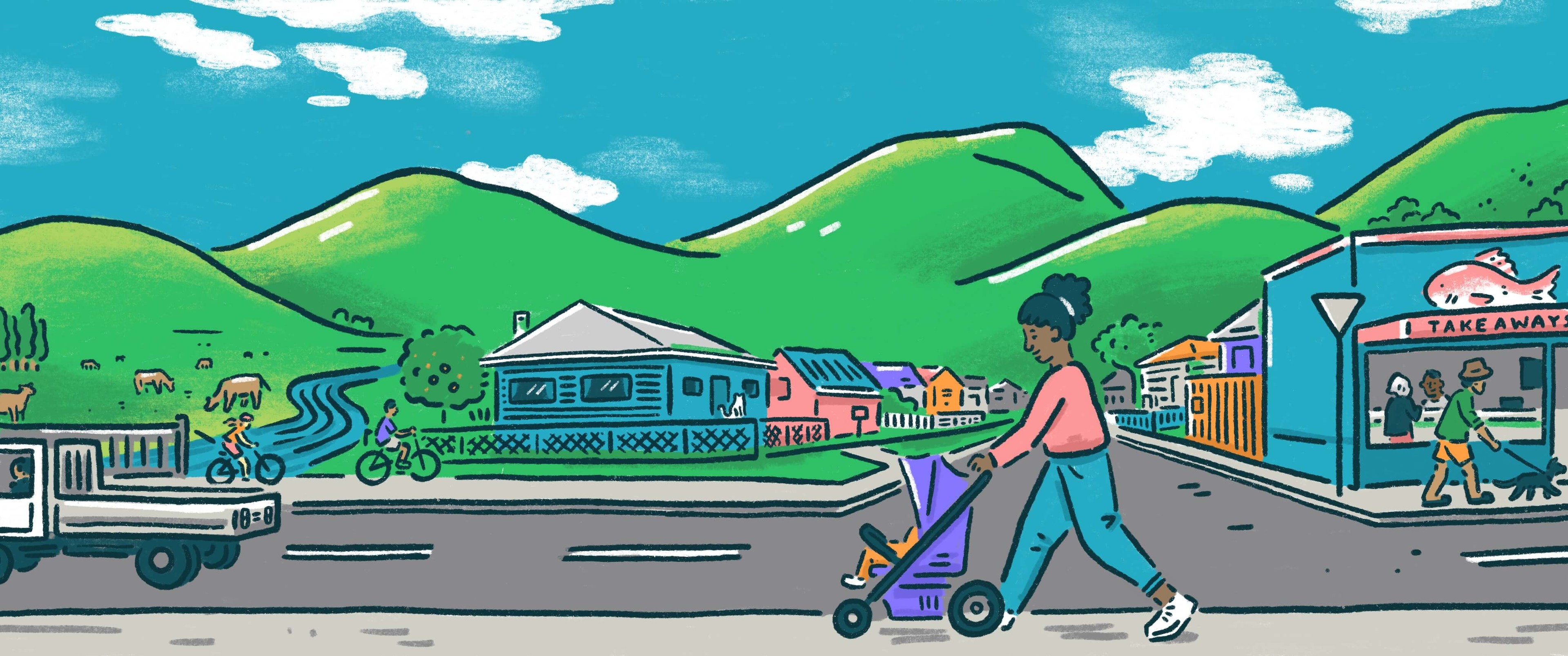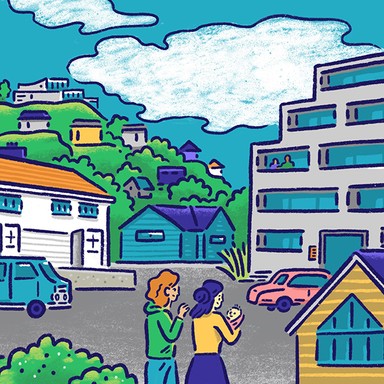
Carterton District Council

Rates and revenue
The work of local government is funded mainly by property taxes in the local area, known as rates. This makes up around 60% of council expenditure, with the rest coming from user charges, investment income, regulatory fees and roading subsidies. Councils can also borrow money to spread the cost of large investments such as infrastructure over a longer period of time.

Rates and revenue
The work of local government is funded mainly by property taxes in the local area, known as rates. This makes up around 60% of council expenditure, with the rest coming from user charges, investment income, regulatory fees and roading subsidies. Councils can also borrow money to spread the cost of large investments such as infrastructure over a longer period of time.
Review the council's budgets for rates affordability and any council overspends.
Support and encourage affordable council projects.
Leveraging funding from non-council sources, including government, so that less falls on ratepayers, especially for 'unfunded mandates'.
Press, through LGNZ, government's Future of Local Government Review for a revised local councils funding model.
Through the chief executive, keeping a close watch on management of projects, especially major infrastructure projects.
Cut back on unnecessary or poorly researched spending.
Explore joint services with other councils to consolidate some key spending areas through better contract management.
Continue to invest in key initiatives which drive positive community engagement and increased tourism.
Investigate future budgets for cost savings.
Focus on core infrastructure and services before spending on nice to haves.
Push back on central government's overwhelming reform and unfunded mandates.
Bring council expenses into line so that the council can live within its means rather than relying on rate increases.
Waive internment fees for residents who have died from Covid-19.
Put aside some funds, even a small amount, in case of future need.
Review the council's budgets for rates affordability and any council overspends.
Support and encourage affordable council projects.
Leveraging funding from non-council sources, including government, so that less falls on ratepayers, especially for 'unfunded mandates'.
Press, through LGNZ, government's Future of Local Government Review for a revised local councils funding model.
Through the chief executive, keeping a close watch on management of projects, especially major infrastructure projects.
Cut back on unnecessary or poorly researched spending.
Explore joint services with other councils to consolidate some key spending areas through better contract management.
Continue to invest in key initiatives which drive positive community engagement and increased tourism.
Investigate future budgets for cost savings.
Focus on core infrastructure and services before spending on nice to haves.
Push back on central government's overwhelming reform and unfunded mandates.
Bring council expenses into line so that the council can live within its means rather than relying on rate increases.
Waive internment fees for residents who have died from Covid-19.
Put aside some funds, even a small amount, in case of future need.
Mayor
Compare the mayoral candidates in your area
Local council
Compare the candidates for your city or district council
Regional council
Compare the candidates for your regional council
Local board
Compare the candidates for your local or community board







